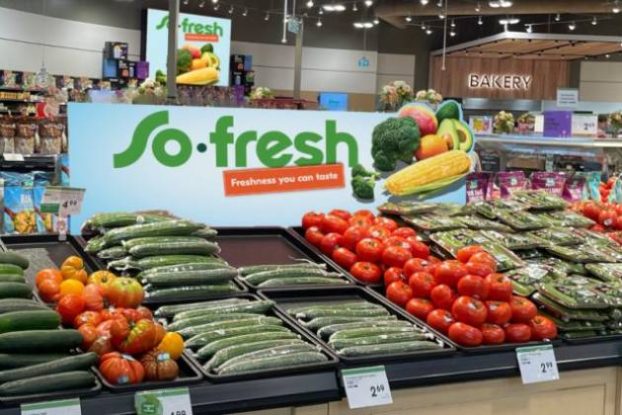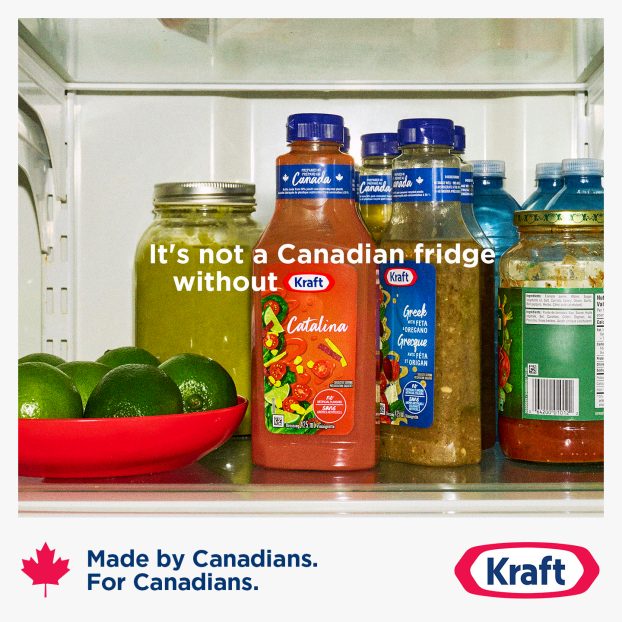
TC Media decodes the shopper-brand relationship via The Shopper Journey
When TC Media wanted to truly understand the consumer’s path to purchase, it commissioned IMI International to help develop and execute a research study to quantify and validate the 4 Ms: market, message, media and moment.
The result is The Shopper’s Journey. The study explores how consumers’ media needs change on the path to purchase; how content should be used by channel; how to best allocate investment for ROI optimization; and provides a better understanding of the shopper’s path to purchase.
Chris Osborne, VP of Data and Analytics at TC Media, says that one of the highlights of The Shopper’s Journey was that traditional media continues to not only be relevant but an essential part of the media mix. The flyer remains the strongest pre-store purchase motivator, especially for grocery (44%) and general merchandise retailers (41%).
The study also shows that media influences and preferences as well as the stages of the path to purchase vary depending on the product category. For example, in the home improvement sector 61% of consumers look at a flyer every week while the same number find online the easiest channel for finding product info. In-store, navigation and signage are most important to home improvement shoppers as is using mobile to check price. Half of home improvement shoppers find mobile marketing intrusive but 25% are open to receiving promotional updates on mobile. Over 50% do price comparisons online with 47% viewing the e-flyer.
In the pharma/drug retail category flyers are a key influence on the path to purchase with word-of-mouth second in importance. Shoppers are less likely to use mobile or tablet while shopping and engage less than average with most types of in-store merchandising. The exception is reward program signage which has higher engagement level for pharma/drug shoppers. When it comes to mobile, one in four shoppers are open to receive promotional updates, and one in three are only interested if discounts are offered. Sixty-percent suggested that online is the easiest source for product info and four in 10 people regularly go online to check prices and look at the flyer.
Online attitudes and usage show opportunity for brands to improve their performance and gain new customers. While over 60% of consumers find online convenient for product info, only one-third feel that brands are effectively reaching them. Consumers (44%) are less likely to purchase if they can’t get the information they are looking for online.
While 48% of shoppers find mobile marketing intrusive, there are opportunities for brands to provide them with a relevant discount or coupon. In fact about 30% of the study participants reported that mobile marketing only works for them if provided with a discount or coupon.
“Marketing is becoming increasingly complex and scientific so there’s no excuse not to be using that science to provide relevance to consumers,” says Osborne. “Brands have to think about the category they’re in, the segment of consumers they’re talking to, and what consumer data they have to take it to the transactional level to provide relevant offers. There’s a lot of data available and you can do these things if you put it together right.”




















